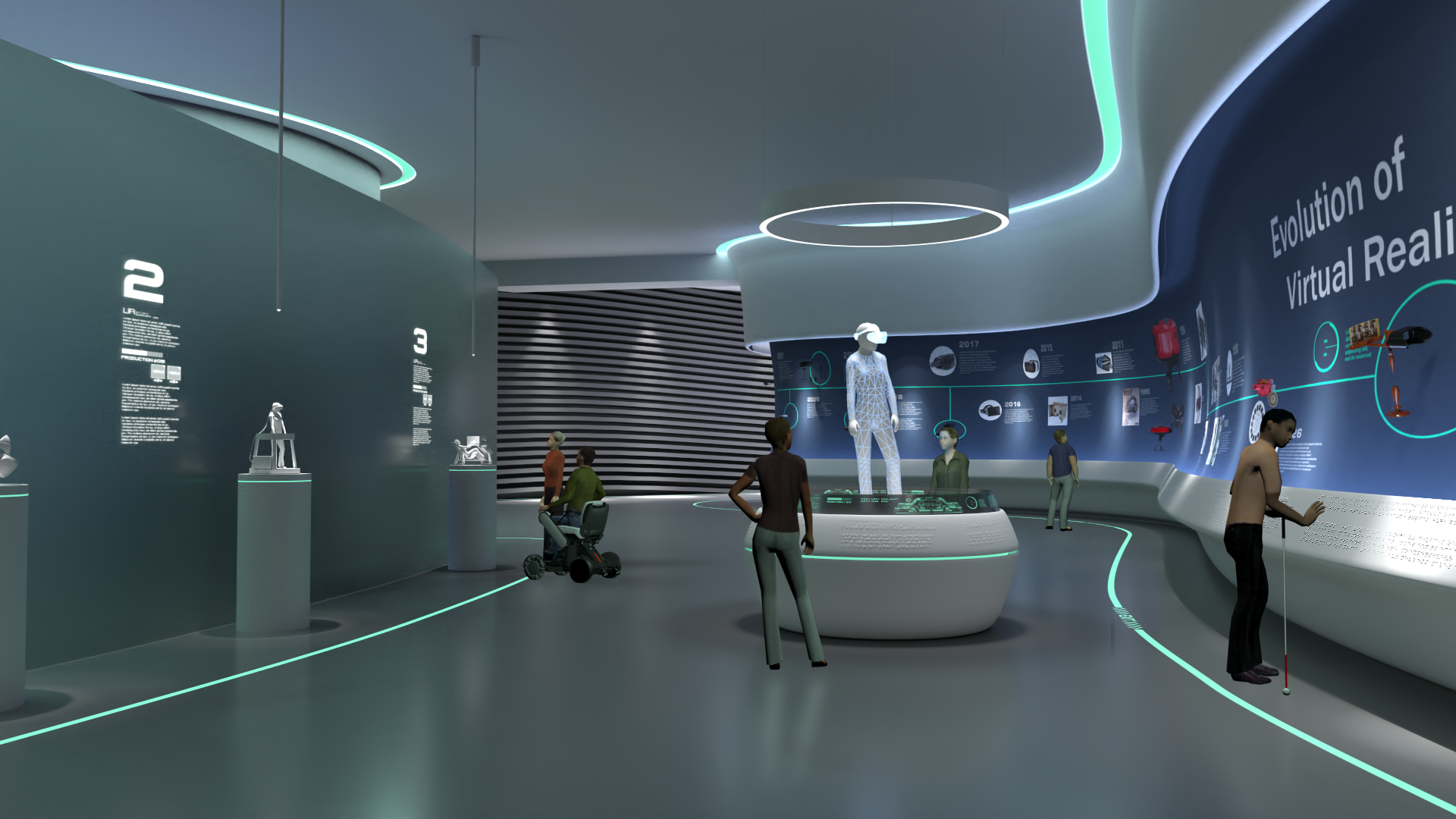
- Unique Combinations of Input Devices
Annotated Bibliography
COPY currently shown bibliography
Gomez, Juan Diego and Mohammed, Sinan and Bologna, Guido and Pun, Thierry. 2011.Toward 3D scene understanding via audio-description: Kinect-iPad fusion for the visually impaired. In The proceedings of the 13th international ACM SIGACCESS conference on Computers and accessibility (ASSETS '11). Association for Computing Machinery, New York, NY, USA, 293–294. https://doi.org/10.1145/2049536.2049613
- Computer vision based framework for real time object localization and audio description to provide color and depth perception using Microsoft kinect 3D motion sensor.
Machine translation of cortical activity to text with an encoder–decoder framework https://www.nature.com/articles/s41593-020-0608-8
- Training a recurrent neural network to encode each sentence-length sequence of neural activity into an abstract representation, and then to decode this representation, word by word, into an English sentence.
Poor, G. M., Leventhal, L. M., Kelley, S., Ringenberg, J., & Jaffee, S. D. (2011, October). Thought cubes: exploring the use of an inexpensive brain-computer interface on a mental rotation task. In The proceedings of the 13th international ACM SIGACCESS conference on Computers and accessibility (pp. 291-292).
https://doi.org/10.1145/2049536.2049612
- Study of the use of the Emotiv EPOC headset to relay information to a computer without the use of a mouse/keyboard or other physical interaction device.
Fernández-Vázquez, D., Cano-de-la-Cuerda, R., & Navarro-López, V. (2022). Haptic Glove Systems in Combination with Semi-Immersive Virtual Reality for Upper Extremity Motor Rehabilitation after Stroke: A Systematic Review and Meta-Analysis. International Journal of Environmental Research and Public Health, 19(16), 10378.
- "The effectiveness of the virtual reality (VR) for the upper extremity (UE) motor rehabilitation after stroke has been widely studied. However, the effectiveness of the combination between rehabilitation gloves and semi-immersive VR (SVR) compared to conventional treatment has not yet been studied...The combined use of rehabilitation haptic gloves and SVR with conventional rehabilitation produces significant improvements with respect to conventional rehabilitation treatment alone in terms of functionality of the UE in stroke patients." (Fernández-Vázquez, D. et al. 2022)